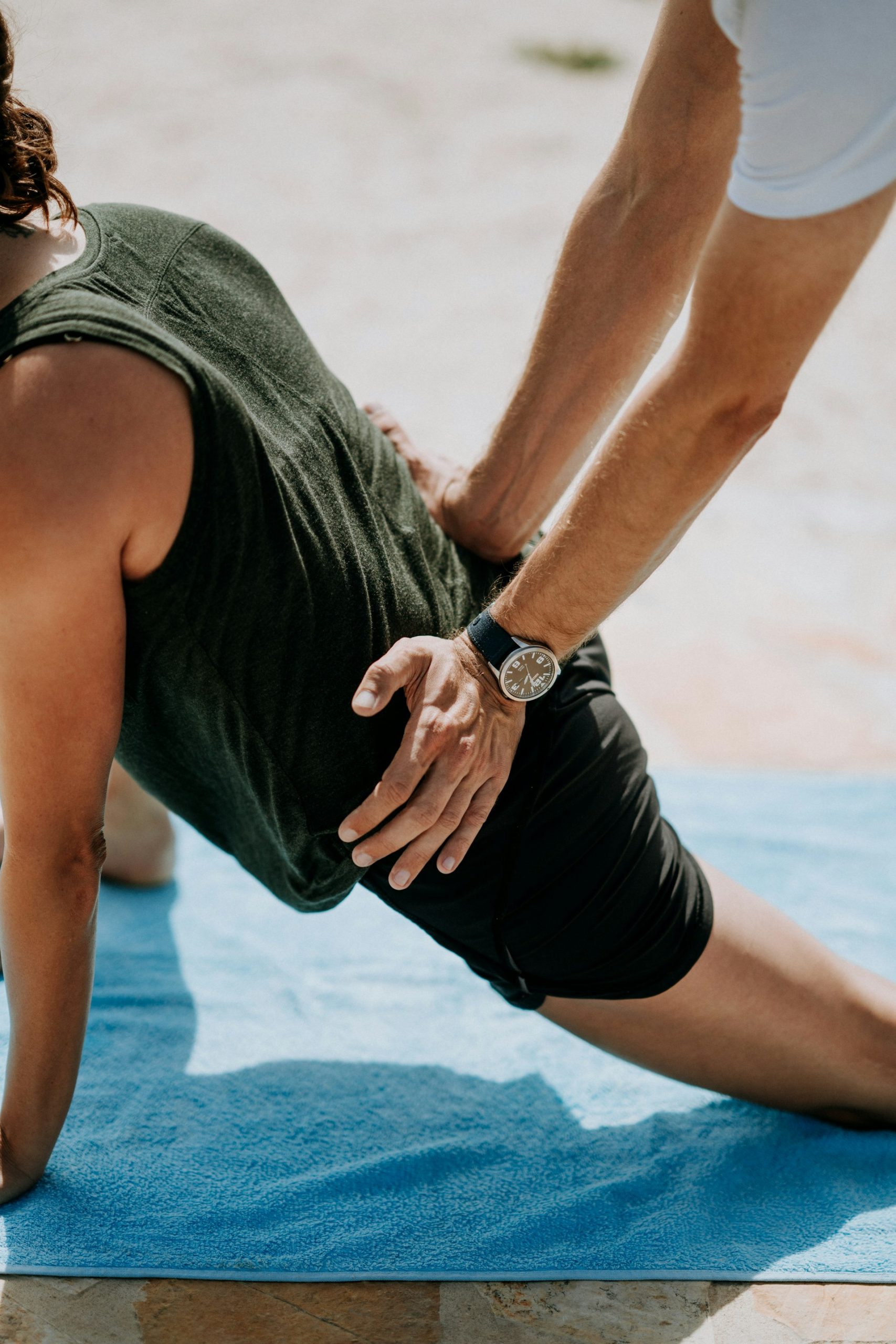Pain Free Lower Back with Correct Lifting Technique

Exercise Physiologist treatment.
Why it is important to lift correctly
Lower back pain is a common issue, often exacerbated by improper lifting techniques. Whether you’re at work, at home, or hitting the gym, lifting objects correctly can make a significant difference in preventing lower back injuries. We will explore the importance of proper lifting techniques and provide step-by-step instructions to help you avoid lower back pain.
The Importance of Correct Lifting Techniques:
Lifting improperly can strain the muscles and ligaments in your lower back, leading to pain, injuries, and long-term issues. Proper lifting techniques not only protect your back but also promote overall physical health and functionality. Here are some key reasons why proper lifting techniques are essential:
- Prevents Injuries: Reduces the risk of strains, sprains, and herniated discs.
- Maintains Spinal Health: Helps keep your spine in proper alignment.
- Enhances Efficiency: Allows you to lift more effectively and with less effort.
- Improves Strength: Strengthens muscles used in lifting, contributing to overall fitness.
Step by step guide to correct lifting techniques:
-
Plan Your Lift:
- Assess the Load: Before lifting, evaluate the weight and size of the object. If it’s too heavy or bulky, seek assistance or use a lifting device.
- Clear the Path: Ensure the path to your destination is clear of obstacles to prevent tripping or awkward movements.
-
Get Close to the Object:
- Stand close to the object with your feet shoulder-width apart to maintain balance and stability.
- Place one foot slightly in front of the other for additional stability or get as close to the object as possible by opening up your hips.
-
Bend Your Knees and Hips:
- Squat down by bending at your knees and hips, not your waist. This allows your legs to do most of the lifting work, reducing strain on your back.
- Keep your back straight and your chest up throughout the lift.
- Engage your core muscles.
-
Grip the Object Firmly:
- Use both hands to grasp the object securely. Ensure you have a good grip to prevent the object from slipping during the lift. By doing so, you will prevent any sudden movements.
-
Lift with Your Legs:
- Engage your leg muscles to lift the object slowly and smoothly. Straighten your knees and hips as you rise, keeping the object close to your body.
- Avoid jerky or sudden movements that can strain your back.
-
Keep the Object Close to Your Body:
- Hold the object as close to your body as possible to maintain balance and reduce the load on your lower back.
- Avoid creating a longer lever arm from your body.
-
Avoid Twisting:
- Do not twist your body while lifting or carrying a heavy object. Instead, pivot with your feet if you need to turn. One foot at a time.
- Twisting can increase the risk of back injuries if done incorrectly.
-
Lower the Object Safely:
- When placing the object down, reverse the lifting process. Bend your knees and hips while keeping your back straight.
- Lower the object slowly and gently to avoid dropping it.
- Maintain activation of your core muscles.
Tips for safe lifting:
-
Know Your Limits:
- Don’t attempt to lift objects that are too heavy or awkward. Use lifting equipment or ask for help when needed.
-
Strengthen Your Core:
- Engage in exercises that strengthen your core muscles, such as planks and bridges. A strong core supports your lower back during lifting.
-
Use Proper Footwear:
- Wear shoes that provide good support and have non-slip soles to prevent slips and falls.
-
Take Breaks:
- If you’re lifting repeatedly, take regular breaks to rest your muscles and avoid fatigue.
-
Practice Good Posture:
- Maintain good posture in your daily activities to keep your spine healthy and reduce the risk of lower back pain.
-
Stay Flexible:
- Incorporate stretching exercises into your routine to maintain flexibility and reduce muscle tension.
Common Mistakes to Avoid:
-
Bending at the lower back
- Avoid bending the lower back to pick up an objects, this places unnecessary strain on your lower back.
-
Lifting Too Quickly:
- Lifting too quickly or with jerky movements can lead to serious injuries. Always lift slowly and smoothly.
-
Ignoring Pain:
- If you feel pain while lifting, stop immediately. Continuing to lift despite pain can lead to serious injuries.
-
Poor Planning:
- Not planning your lift and rushing can result in poor technique and accidents. Take a moment to plan and position yourself correctly.
Proper lifting techniques are essential for preventing lower back pain and ensuring overall physical well-being. By following these guidelines and incorporating safe lifting practices into your daily routine, you can protect your back and maintain a healthy, active lifestyle. Remember, when in doubt, seek assistance or use lifting equipment to avoid unnecessary strain. Prioritizing your back health today can prevent serious issues down the road. By integrating these safe lifting techniques into your life, you can significantly reduce the risk of lower back pain and injuries. Proper lifting mechanics, load management, minimizing twisting and bending, strengthening, enhancing stability, ergonomic adjustments, and education all contribute to maintaining a healthy back and independence.
At Pivotal Motion Physiotherapy, our team of skilled professionals is dedicated to helping you overcome back pain and lead an active, healthy life. If you’re struggling with back pain, get in touch with Pivotal Motion’s Physiotherapy and Exercise Physiologist team today. Our team will be able to discuss with you in more depth on how we can help you. Book online or call us on 3352 5116.





